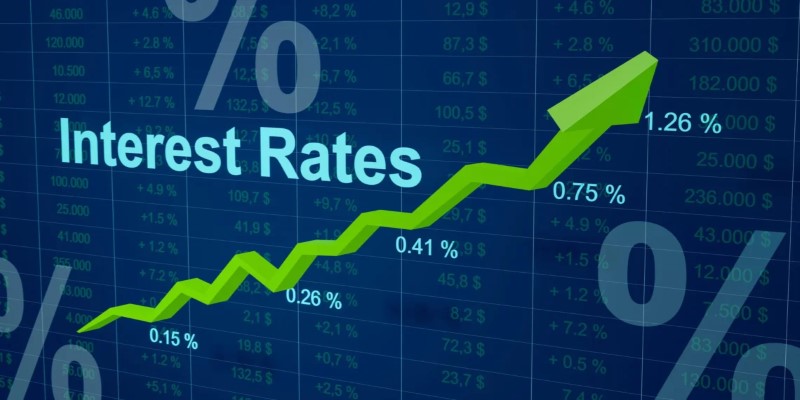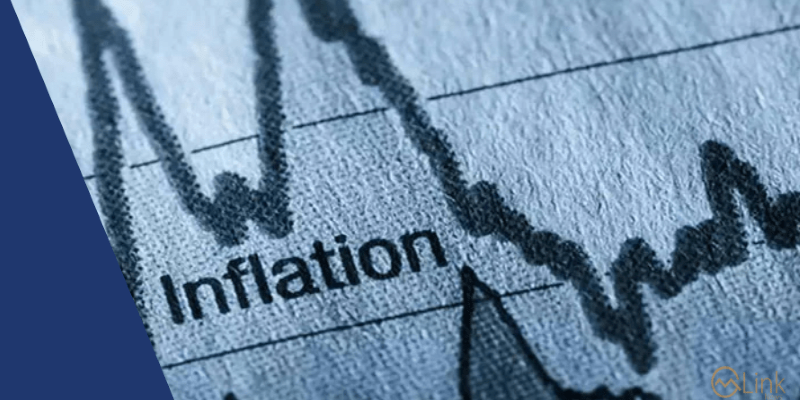2024 Mortgage interest rates: Predictions and Trends to Watch
Mortgage interest rates have been a topic of significant discussion as we head into 2024. Over the past few years, the housing market has experienced dramatic swings, influenced by inflation and economic uncertainty. As many potential homebuyers weigh their options, understanding where mortgage rates are headed is crucial.

While rates surged in 2022 and 2023, there are signs that they could gradually decline in 2024. However, no sharp drop is expected, and many buyers are left wondering if now is the right time to purchase a home or refinance their mortgage. This article will break down the current state of mortgage rates, provide a forecast for 2024, and explain the factors influencing these rates.
The Current State of Mortgage Interest Rates
As we enter 2024, mortgage rates are notably higher than they were during the pandemic lows. In 2020, rates for a 30-year fixed mortgage fell to record lows of around 2-3%, largely due to Federal Reserve policies aimed at stimulating the economy during a period of economic uncertainty. However, by late 2023, mortgage rates had climbed to around 6.7% to 7%, with many experts predicting that they may not dip significantly anytime soon.
This rise in rates was largely driven by efforts to combat inflation, which surged in 2021 and 2022. The Federal Reserve raised its benchmark interest rates multiple times, causing mortgage rates to follow suit. Higher borrowing costs have deterred many potential buyers from entering the market, leading to a cooling effect on housing demand.
Despite these elevated rates, the situation is more stable now compared to the rapid increases seen in 2022 and 2023. Rates have generally settled in the 6-7% range for most of 2023, with modest fluctuations depending on economic data and Federal Reserve decisions. Many potential buyers are hoping for relief in 2024, but the extent of any rate reductions remains to be seen.
Mortgage Rate Predictions for 2024
The outlook for mortgage rates in 2024 is one of cautious optimism. Most experts agree that rates will gradually decrease throughout the year, but they are unlikely to fall below 6% in the near term. According to Freddie Mac, mortgage rates could decline slowly, averaging around 6.2% by the end of 2024.
Fannie Mae's forecast is similar, predicting that the average 30-year fixed mortgage rate will stay above 6% for most of the year, with the possibility of a slight drop towards the second half of 2024. The Mortgage Bankers Association (MBA) also expects rates to decline modestly, potentially reaching 6.0% to 6.4% by the end of 2024.
While this is good news for borrowers, the days of 2-3% mortgage rates are likely behind us. Economists believe that even as inflation cools, rates will remain elevated compared to pre-pandemic levels due to lingering economic uncertainties and the Federal Reserve's cautious approach to monetary policy. However, the expected decline, though small, could provide some relief for those looking to buy a home or refinance their current mortgage.
Key Factors Influencing Mortgage Rates
Several factors will determine the direction of mortgage rates in 2024, making predictions complex. Some of the main influences include:
Inflation: Inflation remains one of the primary drivers of mortgage rates. As inflation rises, the Federal Reserve typically increases interest rates to stabilize the economy. If inflation continues to slow down in 2024, we may see a corresponding drop in mortgage rates. However, if inflation remains stubborn, the Fed may keep rates higher for longer.

Federal Reserve Policy: The Federal Reserve's decisions on interest rates have a direct impact on mortgage rates. While the Fed has indicated it may begin cutting rates in 2024, it will likely wait until inflation is firmly under control before making any significant moves. This means that mortgage rates may decline gradually rather than sharply, especially in the first half of the year.
Economic Growth: The broader economy also plays a key role in mortgage rates. If economic growth slows or the U.S. enters a recession, mortgage rates may fall as the Fed tries to stimulate the economy. Conversely, if the economy remains strong, rates could stay elevated for longer.

Housing Market Dynamics: Housing supply and demand also affect mortgage rates. A tight housing market with high demand can push prices up, even as mortgage rates remain high. If more homes come onto the market in 2024, it could ease some of the pressure on prices and make homes more affordable despite higher borrowing costs.
What to Expect for Homebuyers and Homeowners in 2024
For homebuyers, the 2024 mortgage rate forecast suggests that while rates may decline slightly, affordability will still be a challenge. Housing prices remain elevated due to limited supply, and even a modest reduction in mortgage rates may not be enough to make homeownership more accessible for many buyers. Those looking to enter the market will need to carefully evaluate their financial situation and consider the potential trade-offs of waiting for lower rates versus locking in a mortgage at current levels.
Homeowners with existing mortgages might have an opportunity to refinance in 2024, but the benefits will depend on how much rates actually fall. If mortgage rates dip closer to 5.5% or 6%, refinancing could make sense for those who currently have higher rates. However, significant refinancing activity is not expected unless rates fall even further, perhaps into the 5% range or lower.
Overall, the housing market in 2024 will likely remain competitive, especially in high-demand areas. Buyers and homeowners alike should monitor economic indicators closely and be prepared to act if rates begin to move in their favor.
Conclusion
The mortgage interest rate forecast for 2024 brings a mix of optimism and caution. While rates are expected to decline gradually, they will likely remain above 6% for most of the year. This presents challenges for both homebuyers and homeowners looking to refinance, as affordability will continue to be an issue, especially in markets with high housing prices.
However, with inflation showing signs of cooling and the Federal Reserve poised to adjust its policies, there is hope for lower borrowing costs in the future. For those looking to buy or refinance in 2024, staying informed and ready to act on any rate changes will be key to navigating the evolving mortgage landscape.












